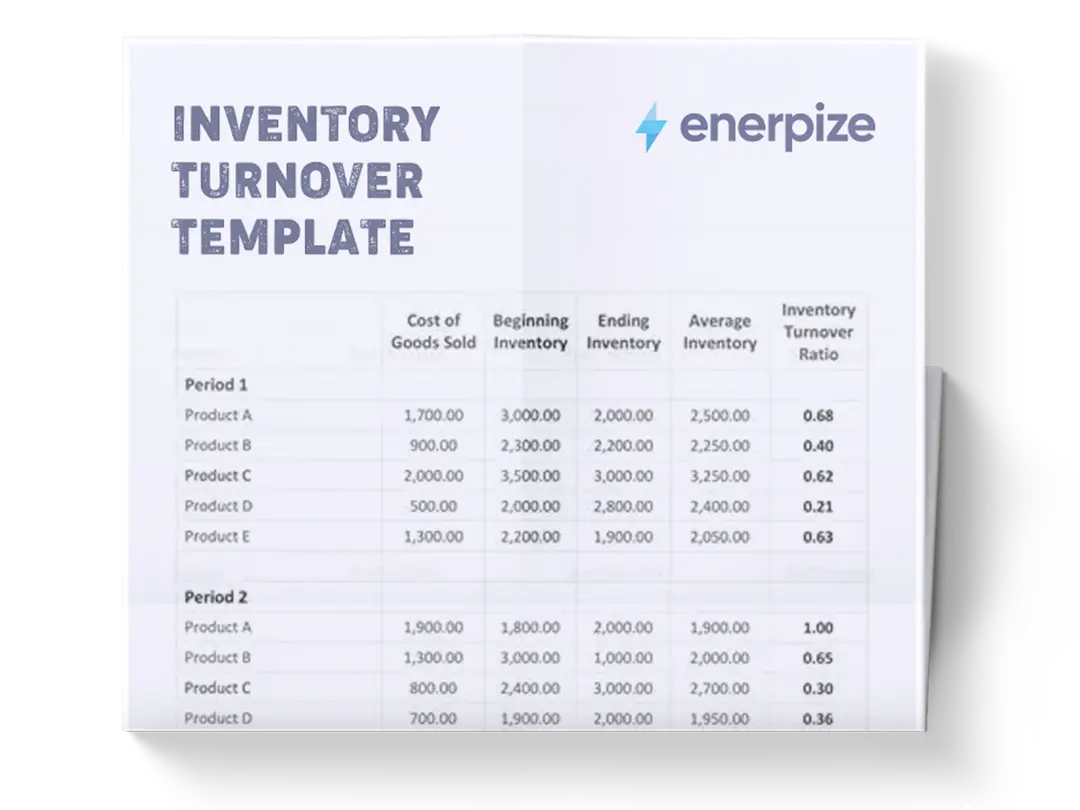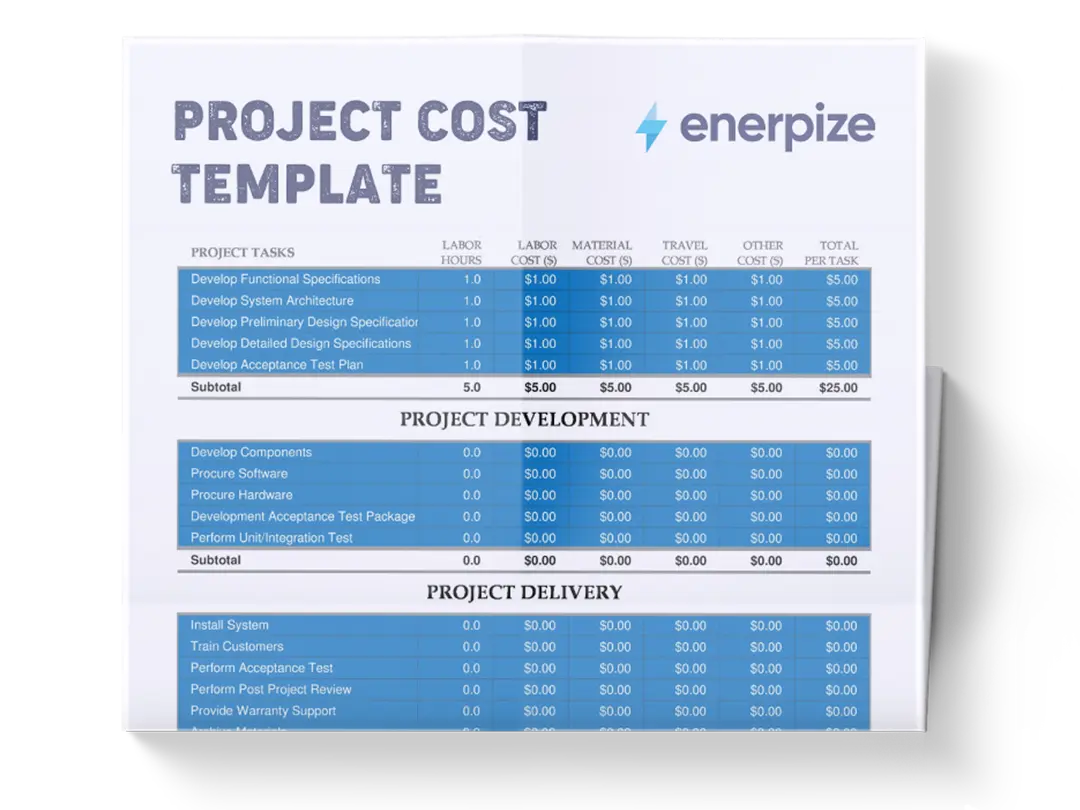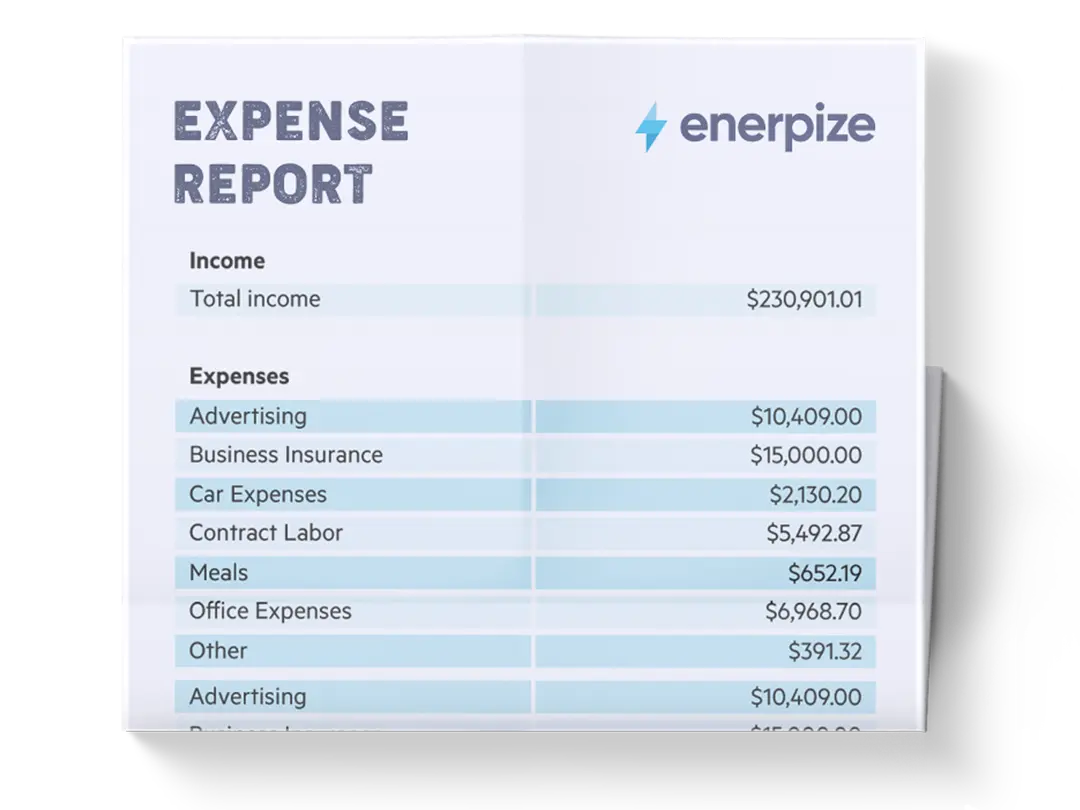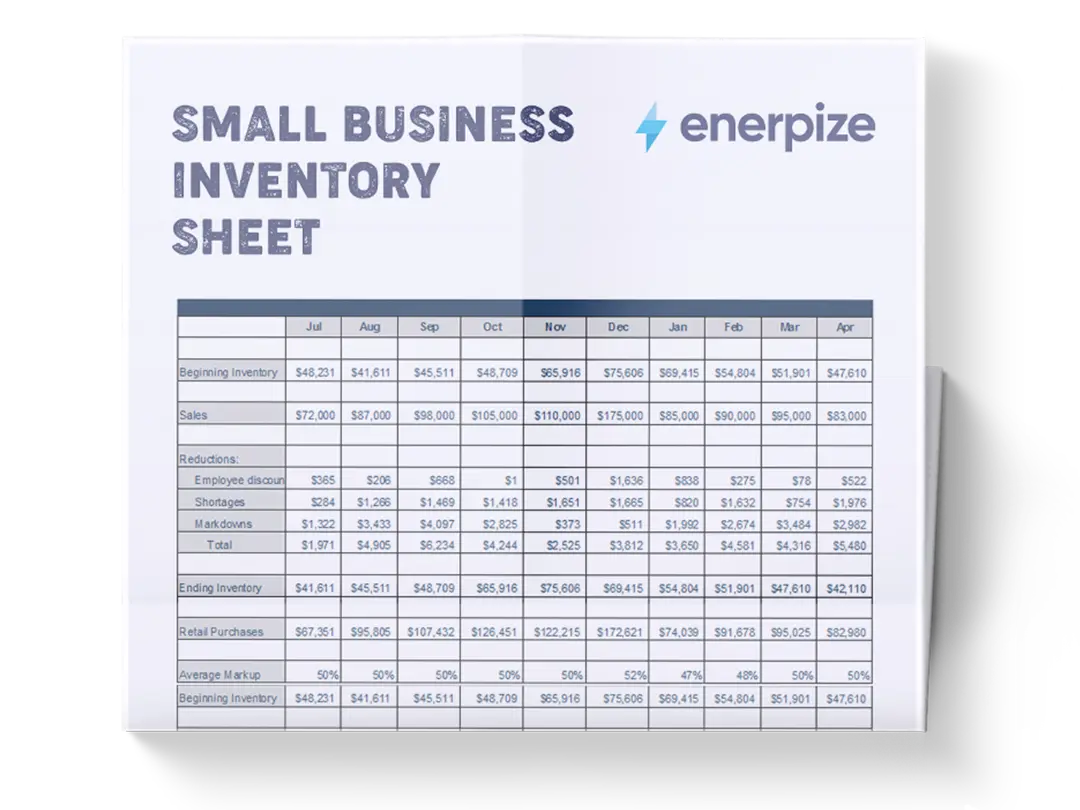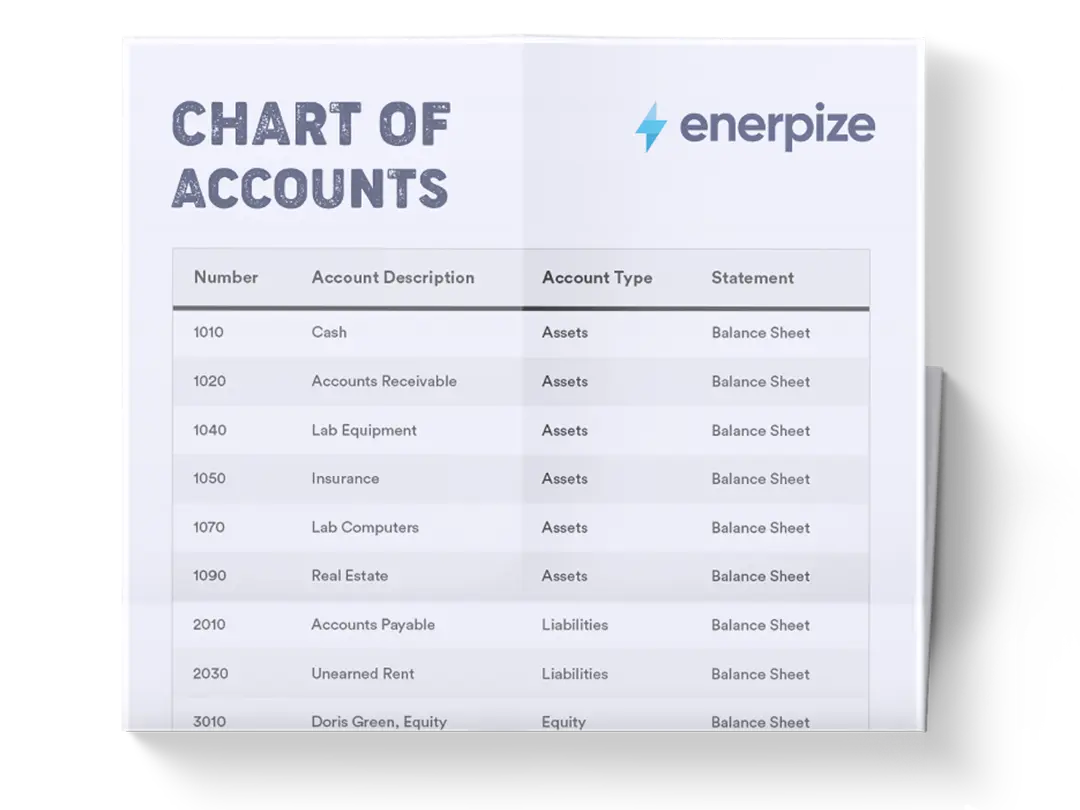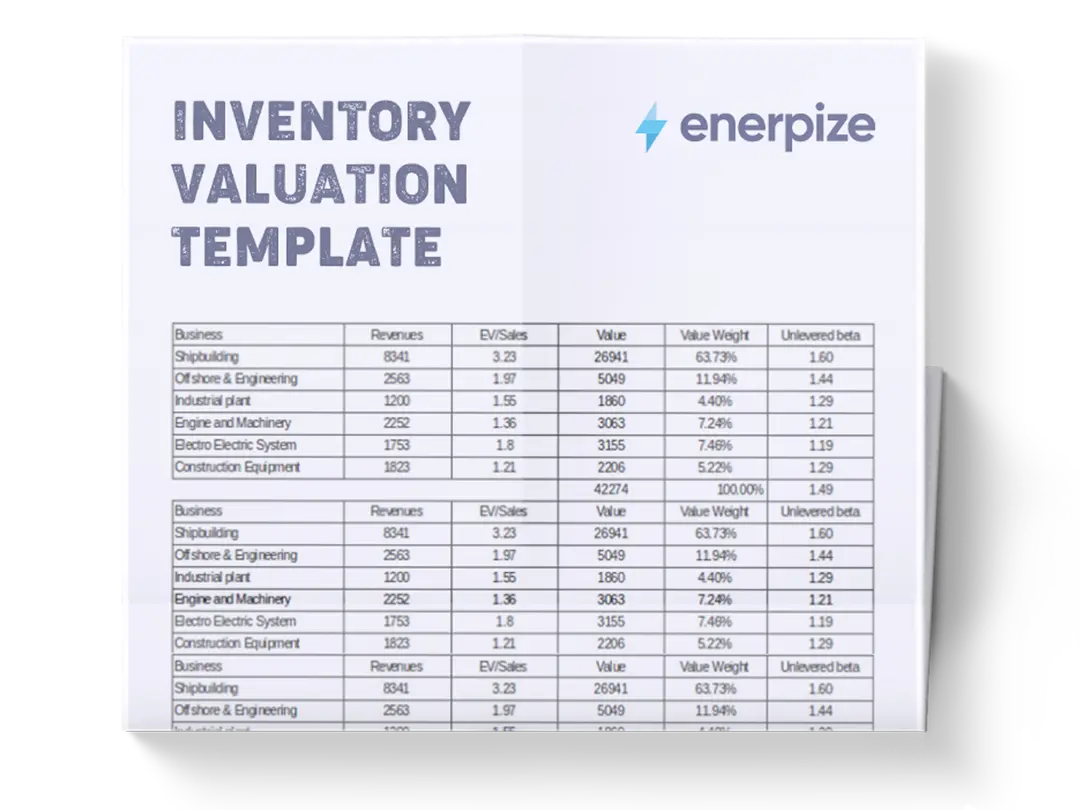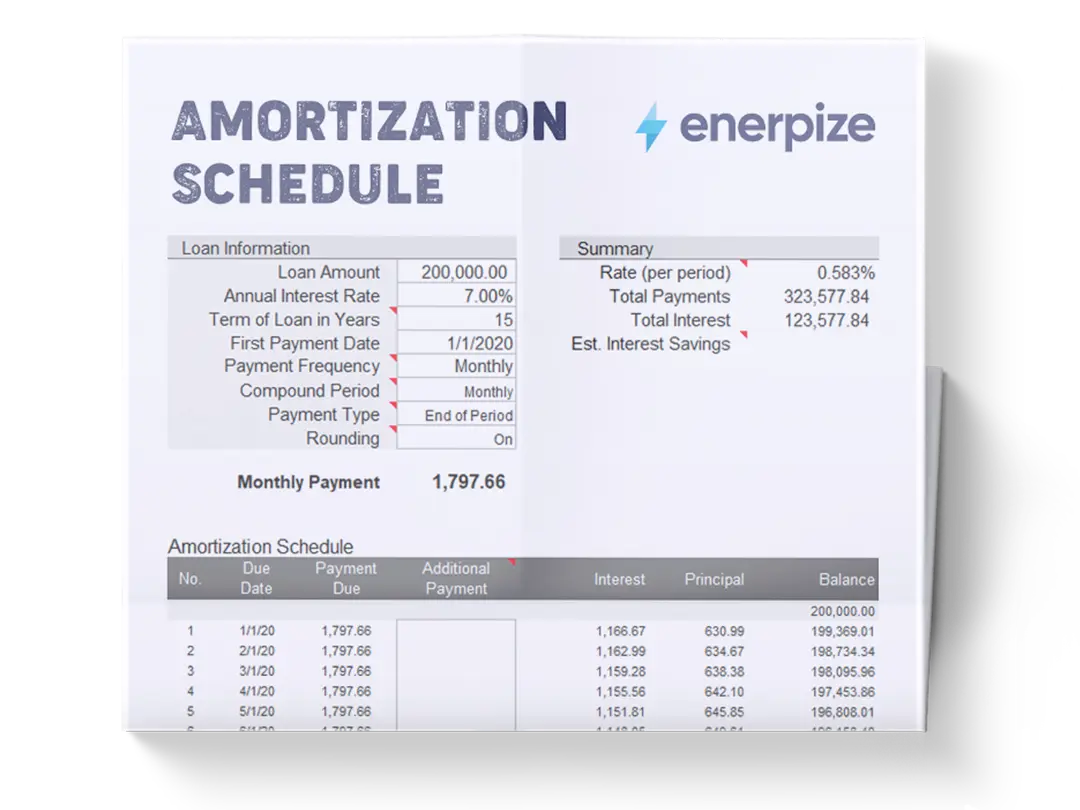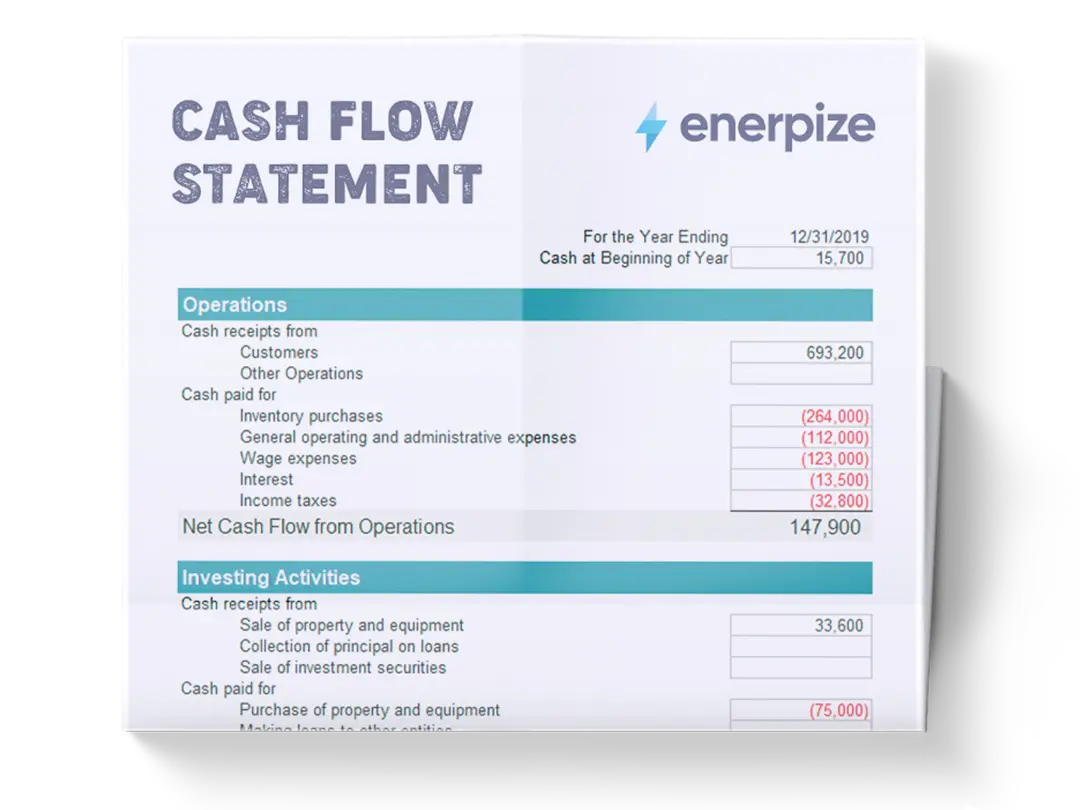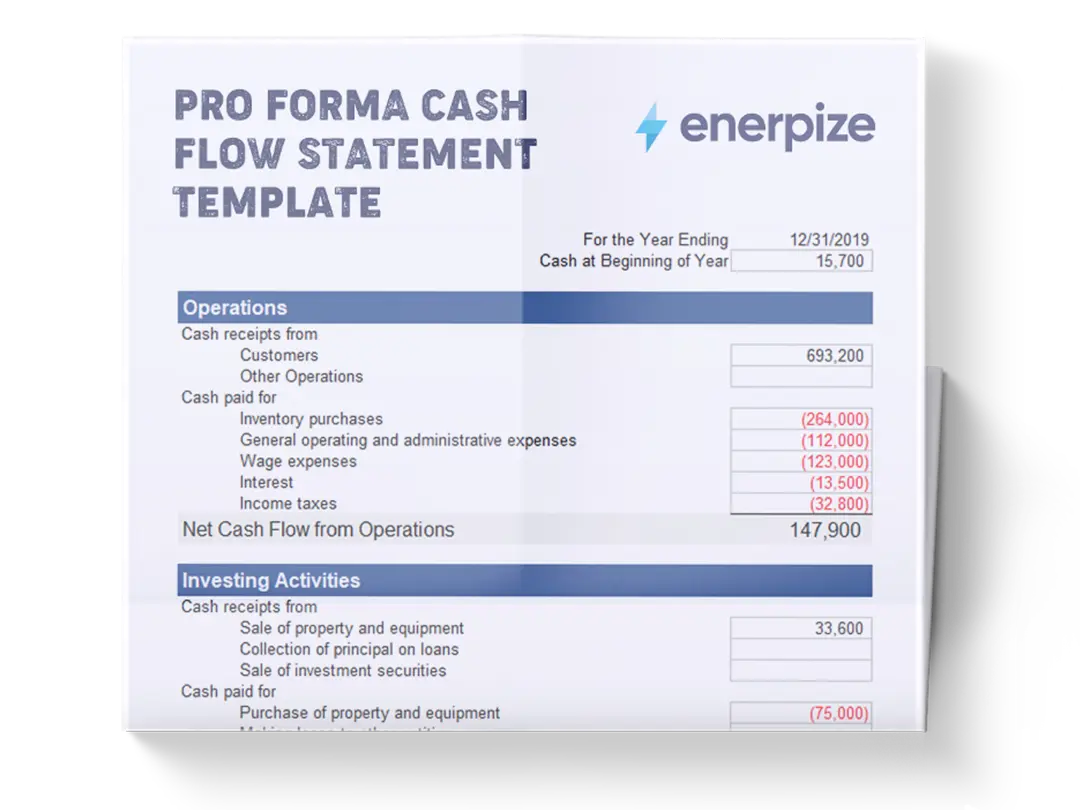Posted on 8 October 2025
Payment Schedule Template Excel & Google Sheets
- The payment schedule template is available in Excel and Google Sheets.
- Easily record invoice numbers, work descriptions, payees, due dates, and payment types.
- Track Retainage and Cash Flow Accurately to maintain a clear record of withheld funds.
- Perfect for Contractors, Project Managers, and Finance Teams to stay on top of obligations and maintain smooth financial operations.
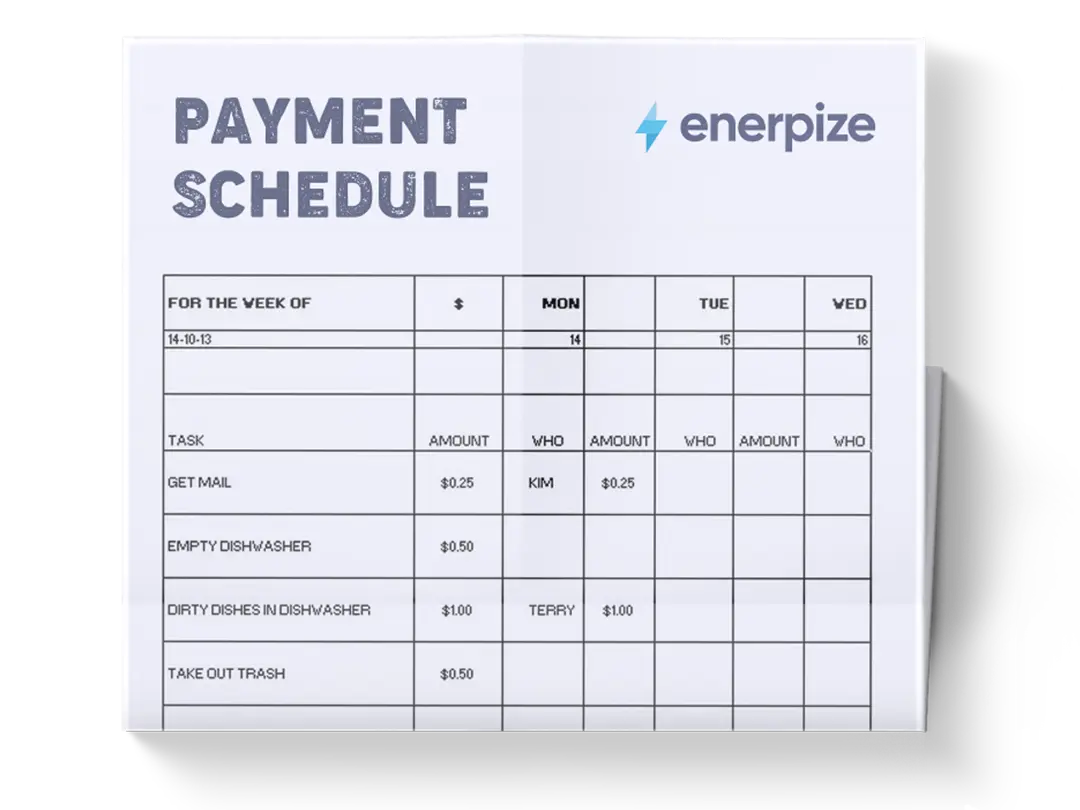
What is the Payment Schedule Template?
A payment schedule template is a structured financial tool that plans, records, and monitors payment obligations between parties over a defined period. It outlines essential details such as payment dates, amounts, frequency, and conditions for specific milestones, deliverables, or timeframes.
In industries like construction, finance, and contracting, this template helps ensure compliance with payment regulations and contractual terms by maintaining transparency and accountability. Perfect for tracking loan repayments, supplier invoices, and project-based disbursements, cause it provides a reliable framework for managing cash flow, reducing disputes, and keeping all stakeholders aligned on when and how payments are made.
What does the Payment Schedule Template contain?
Invoice Number
Each row begins with an invoice number, acting as a unique identifier for the payment entry. This is crucial for record-keeping and reconciliation.
Work Description
This column details the scope of work or service for which the payment is being made. Providing clear descriptions ensures transparency with stakeholders and allows quick identification of the work tied to each payment.
Pay To (Vendor/Contractor)
Record the name of the individual or company receiving the payment. This prevents errors such as duplicate payments or sending funds to the wrong party.
Due Date
To track when each payment is due. Entering accurate due dates helps you plan cash flow, avoid late fees, and maintain good relationships with contractors and suppliers.
Payment Type
Categorize each payment by type—mobilization payment, deposit, milestone payment, or monthly progress payment.
Total Amount
This is the gross amount due before retainage is applied. Keeping this visible allows you to plan the full cost of each stage of work and compare actual payments against the project budget.
Retainage % and Retainage Amount
Retainage is a percentage of payment withheld until the completion of a project or milestone to ensure performance and quality.
Monthly Payment Breakdown (Jan–Dec)
This section allows you to plan and record payments across months. It’s particularly useful for long-term projects where payments are spread over time.
Totals Row
At the bottom, the payment schedule Excel template automatically sums up Total Amounts, Retainage Amounts, and monthly distributions.
How to Use the Payment Schedule Template
1- Download and Open the Template
Download the payment schedule template to ensure all formulas and formatting (such as automatic retainage calculations) work correctly from the start.
2- Customize the Header
Add your company’s name, logo, and project title at the top of the payment schedule template Excel. This not only professionalizes your records but also helps differentiate between multiple projects or clients.
3- Input Payment Details
Fill in each row with the invoice number, work description, payee, due date, payment type, and total amount. Enter the retainage percentage to let the template automatically calculate the retainage amount.
4- Use Monthly Breakdown for Cash Flow Planning
Distribute payments across months as needed. For example, if a $2,500 deposit covers three months, you can allocate $833 per month into Jan, Feb, and Mar. This lets you see exactly how payments flow over time.
5- Review and Adjust Regularly
As work progresses, update the payment schedule template with actual payment dates and amounts. Adjust retainage amounts or payment types as contracts evolve.
6- Keep a Master Copy for Records
Always save a copy of the completed schedule for your records. This acts as proof of payment history and helps with audits, tax reporting, or legal documentation if disputes arise.
Importance of the Payment Schedule Template
Improves Cash Flow Management
A payment schedule allows both payers and recipients to anticipate incoming and outgoing funds with precision. By structuring payments over time, businesses can allocate resources efficiently, ensuring operational stability and avoiding liquidity shortages. Predictable payment timelines also make it easier to manage recurring expenses such as payroll, rent, and supplier payments.
Gain More Control Over Budget Financial Planning
Splitting large payments into smaller, scheduled installments helps manage expenses without overextending cash reserves. For borrowers or clients, this ensures affordability and prevents missed payments. For lenders or contractors, it guarantees a consistent revenue stream, supporting smoother financial forecasting.
Reduces Errors and Delays
Predefined fields and formulas within a payment schedule Excel template minimize human error in date entry, calculation, or payment tracking. Automated totals, balance updates, and conditional formatting reduce the likelihood of oversight, ensuring payments are made accurately and on time.
Promotes Transparency and Accountability
By documenting all payment terms in one place, both parties gain clear visibility into financial obligations. This transparency prevents misunderstandings, strengthens trust, and serves as a record for resolving disputes. In regulated industries, such as construction, it also ensures compliance with acts governing payment timelines and rights.
Enhances Time Efficiency and Consistency
Using a standardized payment schedule template eliminates the need to build payment schedules from scratch for each transaction or project. It provides a repeatable framework that ensures every payment plan follows the same logic, format, and terminology—saving time and promoting clarity across teams or departments.
Boosts Professionalism and Credibility
A well-designed payment schedule reflects professionalism and reliability. It signals that your organization values structured financial management and timely transactions. This professionalism not only enhances internal efficiency but also builds confidence with clients, vendors, and financial partners.
Who Can Use the Payment Schedule Template?
Contractors and Subcontractors
Contractors use payment schedules to align project milestones with corresponding payments from clients. This ensures steady cash flow throughout the project, reduces the risk of late payments, and helps maintain accountability for completed deliverables.
Lenders and Borrowers
In loan agreements, lenders use payment schedules to outline repayment structures—defining installment amounts, due dates, and interest accrual. Borrowers benefit from clear expectations, enabling them to plan budgets and meet obligations without defaulting.
Freelancers and Service Providers
Independent professionals rely on payment schedules to set clear payment terms with clients, especially for long-term or recurring projects. It helps manage income predictably and eliminates confusion about billing cycles or due dates.
Business Owners and Financial Managers
For companies managing multiple payables and receivables, payment schedules provide a centralized view of financial commitments. This allows for better prioritization of payments, cash flow forecasting, and financial reporting accuracy.
Suppliers and Vendors
Vendors use payment schedules to confirm when they’ll receive payment for goods or services provided. This structure helps coordinate inventory management and production timelines while maintaining healthy business relationships.







